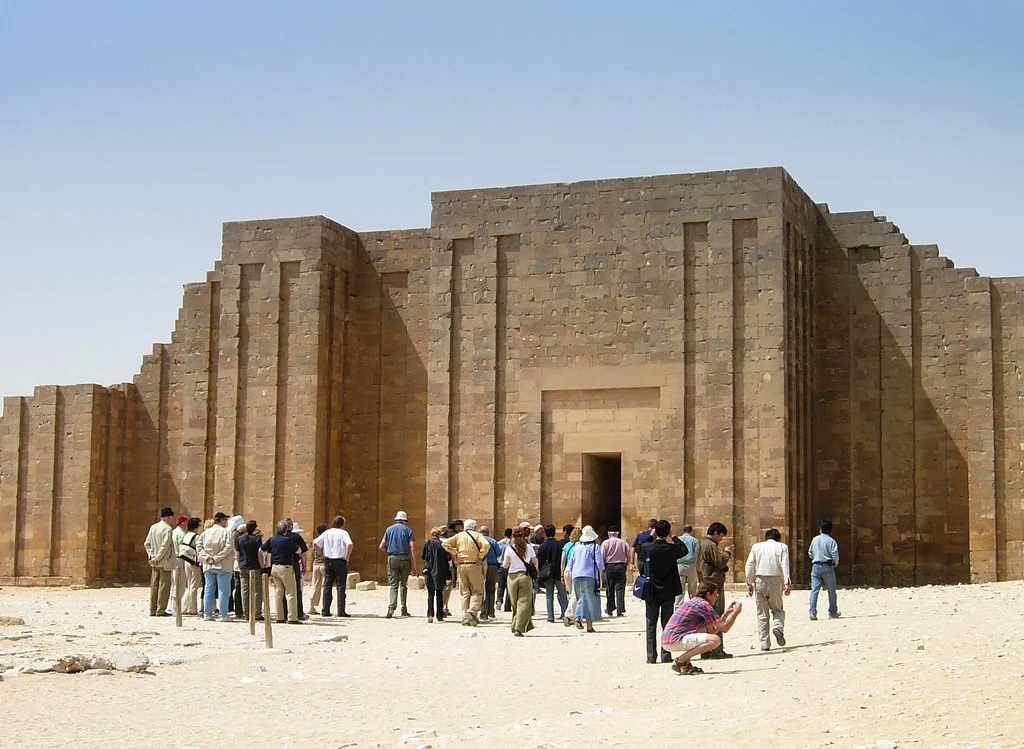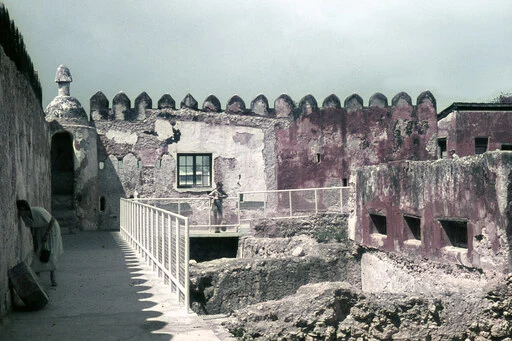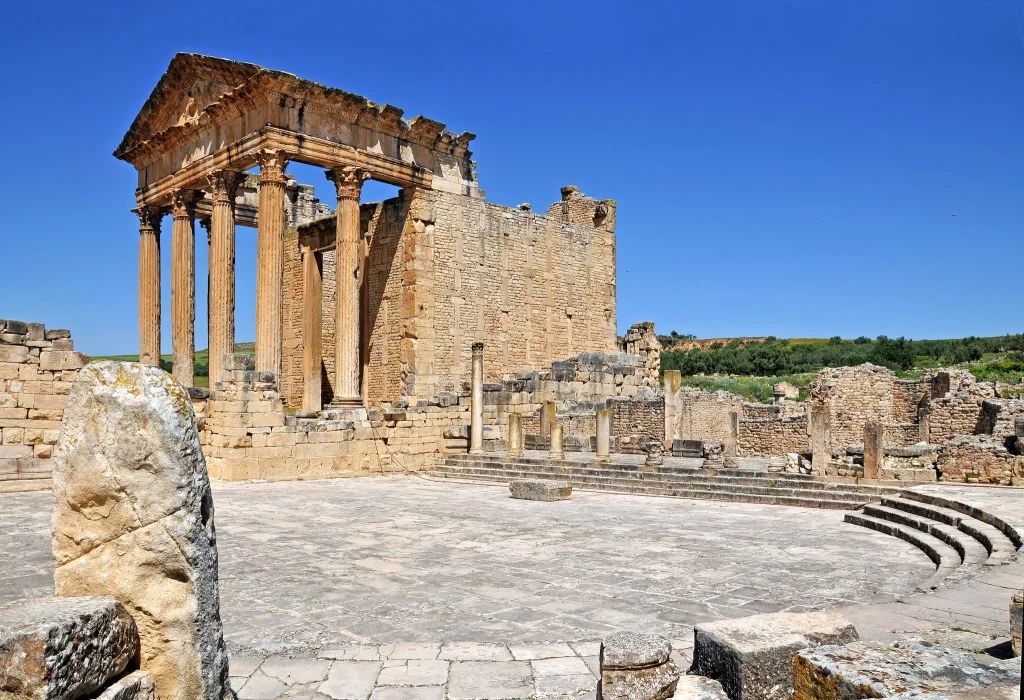Ancient ruins are the remains of a civilization’s architecture and their built environment. The world is littered with these ancient ruins and visiting them can be a great way to understand the past .
Africa, which makes up 15 percent of the world’s population, is home to ancient and complex societies; it has the longest record of human habitation in the world. The first inhabitants are purported to have existed in the continent over 6-7 million years ago.
Ruins are of great importance to archaeologists, anthropologists and historians whether they were once abandoned cities, crumbling stelaes or slave trade relics; they all affirm the existence of an earlier society. Here are some ruins in Africa you should visit:
- Karnak

Karnak temple complex is located in Luxor Governorate. The temple occupies about 200 hectares (1.5 km by 0.8 km). Also known as Ipet-isu (most select of places) by ancient Egyptians, it is made up of a number of temples, chapels, and other buildings in the form of a village. It is for this reason this complex was aptly named Karnak (in Arabic Karnak means ‘fortified village’).
The temple city was erected over 2000 years ago (from around 2055 BC to around 100 AD) and dedicated to the Theban triad. At its peak, the Karnak temple, was the largest and most important religious complex (the center of the ancient faith) in ancient Egypt.
- Saqqara Necropolis

Saqqara (also spelled Sakkara or Saccara in English) is an Egyptian village which served as the ancient Burial Grounds of Egyptian royalty. The area was designated as a large cemetery complete with elaborate tomb monuments (necropolis) for Memphis (the ancient Egyptian capital)
As a historical site, Saqqara is rich with 5000 years of Egyptian history. It covers an area of around 7 by 1.5 km which is littered with small square tombs (mastabas) of first and second dynasty rulers. It is also home to numerous pyramids including the world-renowned Step pyramid of Djoser (sometimes referred to as the Step Tomb).
The Step pyramid of Djoser was built by an architect upon request by the first king of the third dynasty. It is the first monument in ancient Egypt known to have been made entirely of stone.
- Great Zimbabwe

Zimbabwe is a Shona (Bantu) word meaning “stone houses”. The Great Zimbabwe is a fascinating piece of architectural work in sub-Saharan Africa; built before the modern era, the vast stone complex rivals Egypt’s architecture. The Great Zimbabwe prides itself in being the largest stone structure in pre colonial Southern Africa. It also doubled as the capital city of the ancient kingdom of Zimbabwe.
Construction of the city began in the 9th century, people began settling inside around the 11th century but the project was abandoned in the 15th century. The Great Zimbabwe architectural stone constructions are classified into three distinct groups: the Hill Complex; the Valley Complex; the Great Enclosure.
It is estimated that Great Zimbabwe had an average population of 10,000-20,000 people at its peak. In 1986, Great Zimbabwe became a national monument and was recognised as a World Heritage site by UNESCO.
- Gede Ruins

Located in the Kilifi district, 16 Km south of Malindi Town and about 90 Km north of Mombasa, are the Gede Ruins. Covering 44 hectares of primeval forest, the ruins of Gede portray the unique architectural style and wealth of many Swahili towns of that period.
Established around the 13th century AD, it peaked in the middle of the 15th century with an estimated population of 2,500 inhabitants before declining in the 18th century. Many houses, mansions, mosques and elaborate tombs and cemeteries comprise the ruins of Gedi. The historic town is surrounded by two walls. The inner wall served as an enclosure for the settlement area for the rich while the outer wall was the settlement area for the middle class plus farm and plantation land. Peasants lived outside the two walls.
In 1970 Gede was gazetted as a national monument and is currently managed by National Museums of Kenya.
- Fort Jesus

Located on the coastline near Old Town Mombasa, Fort Jesus is a Portuguese construction of the 16th century (1593-1596). It was built to secure the safety of the Portuguese living on the East Coast of Africa and guard the old port of Mombasa. 11th April, 1593 saw the fort was dedicated and named “Fortaleza de Jesus Mombaca” by Mateus de Mendes de Vasconcelos (the then Coast Captain).
The building materials and labor came from the Swahili people (indigenous inhabitants of Mombasa). The design of the fort, five bastions and all that surrounds is proof of the military Renaissance’s architectural theory. Fort Jesus also bears physical witness in its structure and subsequent transformations and the interchange of cultural values and influences of all those involved in its power struggle (Africans, Arabs, Turkish, Persians and Europeans). UNESCO World Heritage Site, declared it as one of the most brilliant structures from the 16th century in 2011.
- Stone Town

Also referred to as Mji Mkongwe (Swahili for Old Town). Established in the early 19th century by Arab spice and slave traders, Stone Town is the historical center of Zanzibar City, the capital of the Zanzibar archipelago.
Stone Town is one of the few remaining ancient towns which is known for blending the rich cultural heritage of Africans, Arab, Persian, Indian, and Europeans. Some of the Stone Town’s attractions include: Beit-El-Ajaib or ‘House of Wonders’; The Anglican Cathedral; The Nasur NurMohamed Dispensary. In 2000, UNESCO declared Stone Town a World Heritage Site.
- Dougga

Thugga, modern Dougga, or TBGG, the best-preserved ancient Roman city in modern Tunisia. The historical site is located in the North-west region of Tunisia, specifically on the summit of a hill at an altitude of 571 m, standing over the high-yielding valley of Oued Khalled.
The historical site occupies an area of approximately 75 hectares and the ruins are a testimony to more than 17 centuries of history and illustrate the fusion between the Numidian, Punic, Hellenistic, and Roman cultures. It has significant remains that include baths, a mausoleum, temples, a dolmen grave and theater. The most notable being a mausoleum monument with its bilingual inscription built in honor of a Numidian prince. In 1997, the remains of the ancient town was formally recognized as a UNESCO World Heritage site.
- Deir el-Medina

Located on the west bank of the Nile River, on the outskirts of Luxor is the Deir el-Medina. Deir el-Medina is in fact the modern name of Dayr al-Madīnah, an ancient Egyptian village for craftsmen who labored and embellished the royal tombs of Luxor (Valley of Kings and Valley of Queens).
The earliest excavated remains of an ancient workers village at the site are dated 1520-1492 BCE during the reign of Thutmose. Deir el-Medina, unlike other ancient villages, was not self-sufficient. Specialized artisans lived there and thus could not independently sustain themselves.
